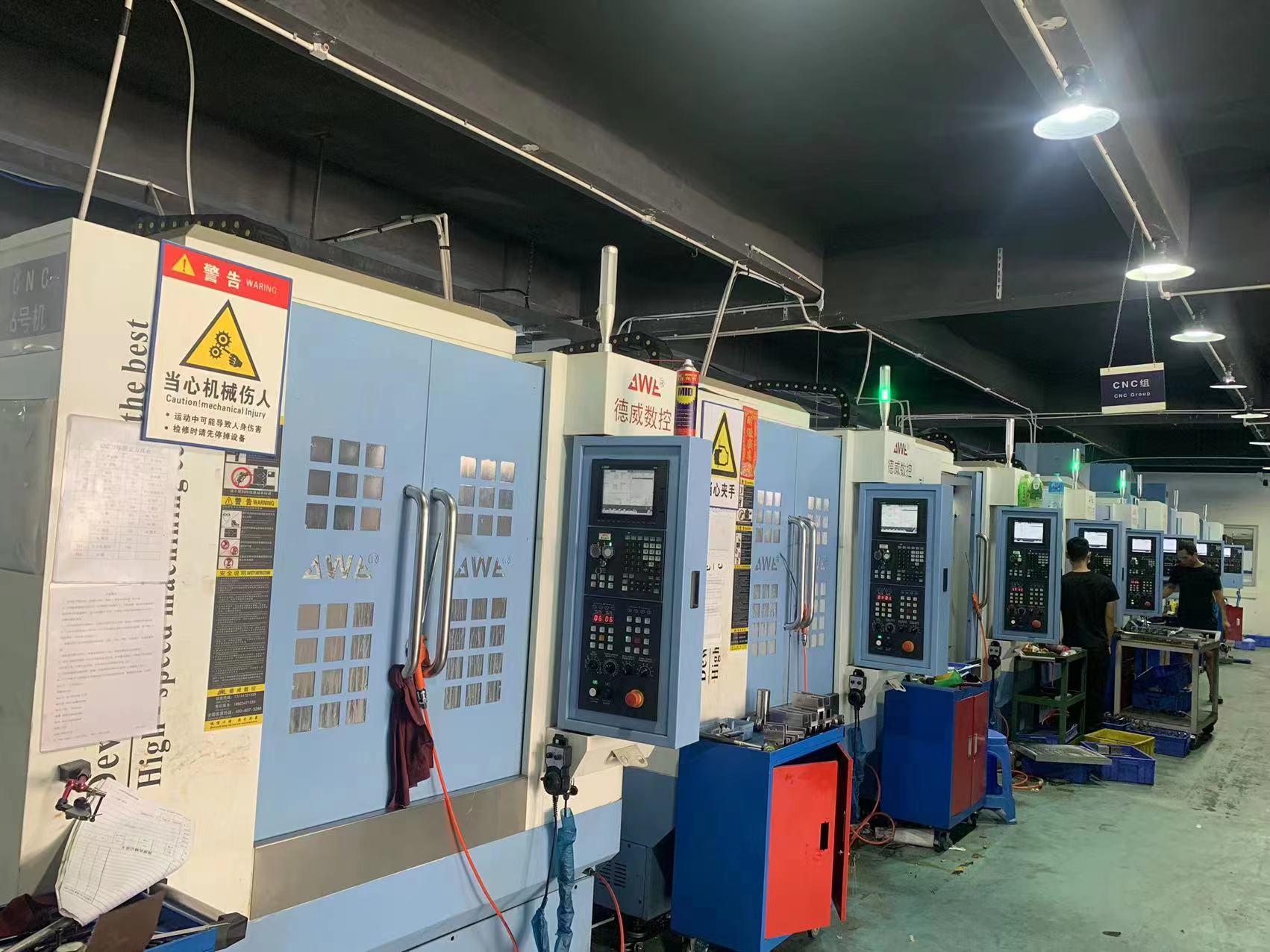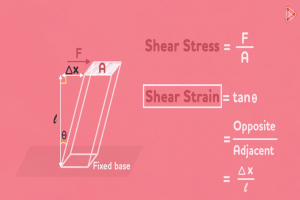In the fast-paced world of manufacturing, CNC (Computer Numerical Control) technology is a key player. But behind this technology are the often-overlooked heroes: CNC programmers and operators. These skilled professionals are the backbone of the industry, transforming raw materials into precise components for cars, airplanes, and more. Let’s dive into what they do, their skills, and how they work together to keep the manufacturing world running smoothly.
A Quick Look at CNC
CNC technology uses computers to control machine tools. This automation allows for the production of highly precise parts. Within this system, two main types of professionals are crucial: CNC programmers and CNC operators. Though their roles differ, they work closely together to ensure everything operates seamlessly.
CNC Programmers: The Masterminds
CNC programmers are like the architects of the manufacturing world. They create the digital plans that tell CNC machines what to do. Their main job is writing the code that controls the machine’s movements, making sure each cut and drill is spot-on.
Skills and Responsibilities:
- Technical Know-How: CNC programmers need to understand machining processes and materials deeply. They must be able to read technical drawings and convert them into machine operations.
- Math Skills: Advanced math skills, especially in geometry and trigonometry, are essential. Programmers use these skills to calculate tool paths and angles.
- Software Proficiency: They must be familiar with CAD (Computer-Aided Design) and CAM (Computer-Aided Manufacturing) software, which help them design and simulate the machining process.
- Problem-Solving: Troubleshooting is a big part of their job. They need to anticipate issues and optimize programs to avoid machine crashes and other problems.
A good CNC programmer can visualize the entire machining process, ensuring tool movements are efficient and effective. They are responsible for maximizing the machine’s capabilities while minimizing waste and production time.
CNC Operators: The Hands-On Experts
While CNC programmers design the plans, CNC operators bring them to life. They set up and run the CNC machines, ensuring each part is made to exact specifications.
Skills and Responsibilities:
- Machine Setup: CNC operators must know how to install and configure tools and fixtures on the machine. This includes calibrating the machine and loading it with raw materials.
- Monitoring and Adjustment: Operators monitor the machine’s performance throughout the process, making adjustments as needed to maintain precision.
- Quality Control: They regularly inspect parts to ensure they meet the required standards, using precision measuring instruments like calipers and micrometers.
- Communication: Effective communication with CNC programmers is crucial. Operators provide feedback on program performance, suggest improvements, and report any issues.
CNC operators are the hands-on experts who ensure the digital plans are flawlessly executed, bridging the gap between the virtual and physical worlds of manufacturing.
Working Together
The collaboration between CNC programmers and operators is like a well-orchestrated dance. This teamwork is essential for maintaining efficiency and quality in the manufacturing process.
Workflow Integration:
- Program Development: The process starts with the programmer creating the CNC code. This involves close collaboration with engineers and designers to understand the part’s specifications.
- Program Testing: Before finalizing the program, it goes through rigorous testing and simulation. Programmers and operators work together to run test pieces and refine the code.
- Machine Setup: Once the program is ready, the operator takes over, setting up the machine according to the programmer’s instructions.
- Continuous Feedback: Throughout the production run, operators provide real-time feedback to programmers, allowing for continuous improvement and prompt issue resolution.
Impact on Manufacturing
The seamless integration of CNC programmers and operators has a significant impact on manufacturing. It drives efficiency, reduces production costs, and ensures high-quality products.
Precision and Consistency:
- Reduced Human Error: Automation minimizes the risk of human error, ensuring parts are produced with high precision.
- High Repeatability: CNC technology allows for the production of identical parts in large quantities, essential for maintaining consistency in mass production.
Cost Efficiency:
- Waste Reduction: Efficient programming and precise machining reduce material waste, contributing to cost savings.
- Time Savings: CNC machines can operate continuously, significantly reducing production times.
Innovation and Flexibility:
- Complex Geometries: CNC technology enables the production of complex shapes that would be impossible with traditional methods.
- Rapid Prototyping: CNC machines can quickly produce prototypes, allowing manufacturers to iterate and refine designs rapidly.
Celebrating the Unsung Heroes
CNC programmers and operators are the unsung heroes of modern manufacturing. Their expertise, precision, and collaboration drive the industry forward, ensuring high-quality products are delivered efficiently and accurately. As technology advances, their roles will become even more critical, highlighting the importance of recognizing and celebrating their contributions to manufacturing.
Understanding and appreciating their work gives us a deeper insight into the fascinating world of CNC manufacturing. These professionals are not just machine operators; they are the architects and executors of the processes that shape our modern world. Their work embodies technical skill, creativity, and dedication, making them truly the unsung heroes of the industry.
Other Articles You Might Enjoy
- Precision CNC Machining for High-Performance Industrial Machinery
Precision CNC Machining for High-Performance Industrial Machinery The process of Precision CNC (Computer Numerical Control) machining is at the core of manufacturing high-performance industrial machinery. This technique leverages a computer's…
- Transforming Architecture with CNC Machined Aluminum Facades
Transforming Architecture with CNC Machined Aluminum Facades CNC machined aluminum facades are a significant innovation in the architectural industry due to their innovative design, structure, and aesthetics. Through a process…
- CNC Machining for Medical Applications: Compliance and Material Selection?
Introduction to CNC Machining in Medical Applications CNC or Computer Numerical Control machining is a manufacturing process wherein pre-programmed computer software dictates the movement of factory tools and machinery. This…
- Ceramics in CNC Machining: A Viable Alternative to Traditional Metals?
CNC Machining and Its Importance in Manufacturing Computer Numerical Control (CNC) machining stands as a critical pillar within the sphere of manufacturing, lauded for its accurate and fast production capabilities.…
- Tool Steel Grades for CNC Machining: D2 vs. A2 - A Comparative Study?
Introduction to CNC Machining and Tool Steel CNC machining, or computer numerical control machining, is a manufacturing method that employs pre-programmed software to direct the activity of factory tools and…
- Material Versatility in CNC Machining: From Titanium to Thermoplastics
Introduction to CNC Machining CNC machining stands as a cornerstone in the manufacturing sector, enabling the precise creation of parts and components. This process utilizes computer numerical control (CNC) to…






